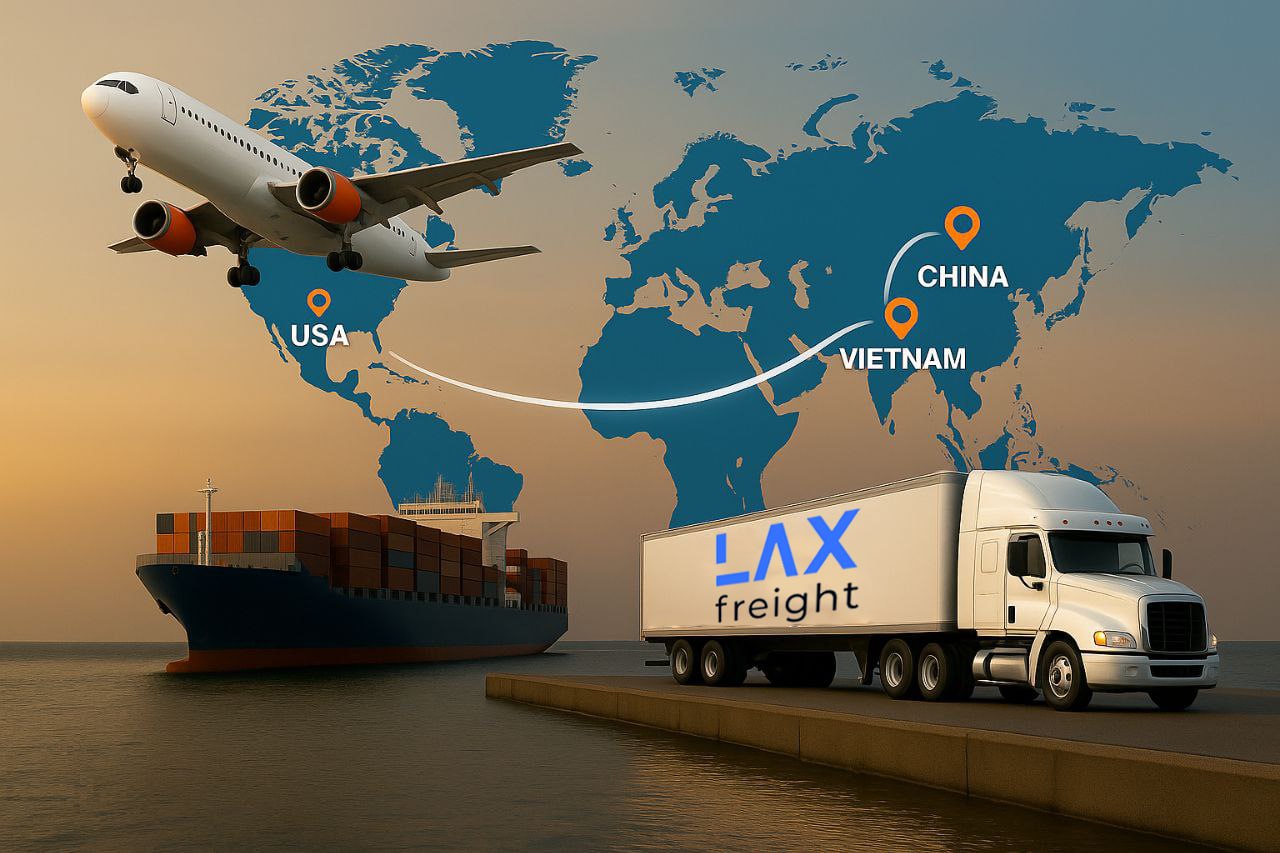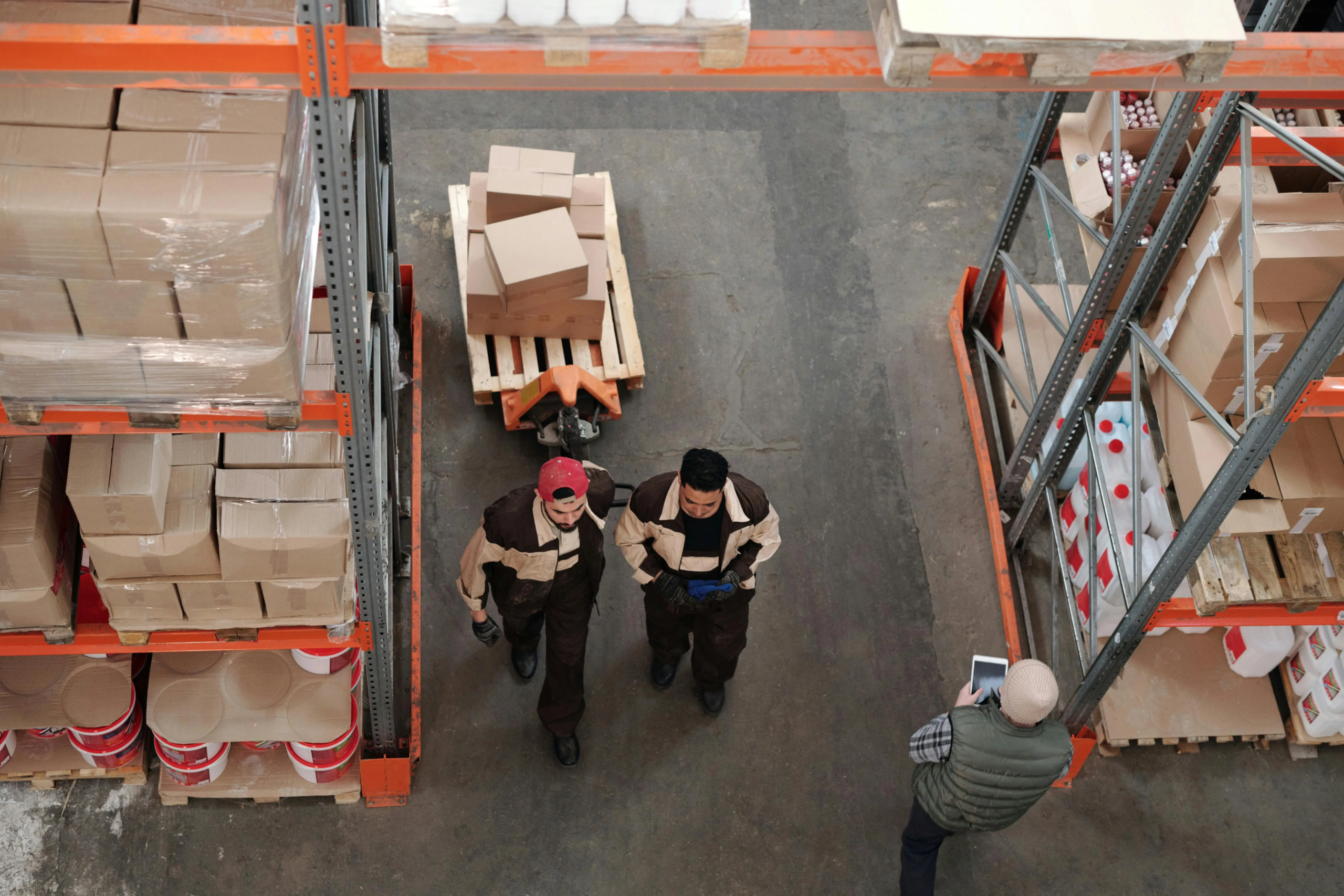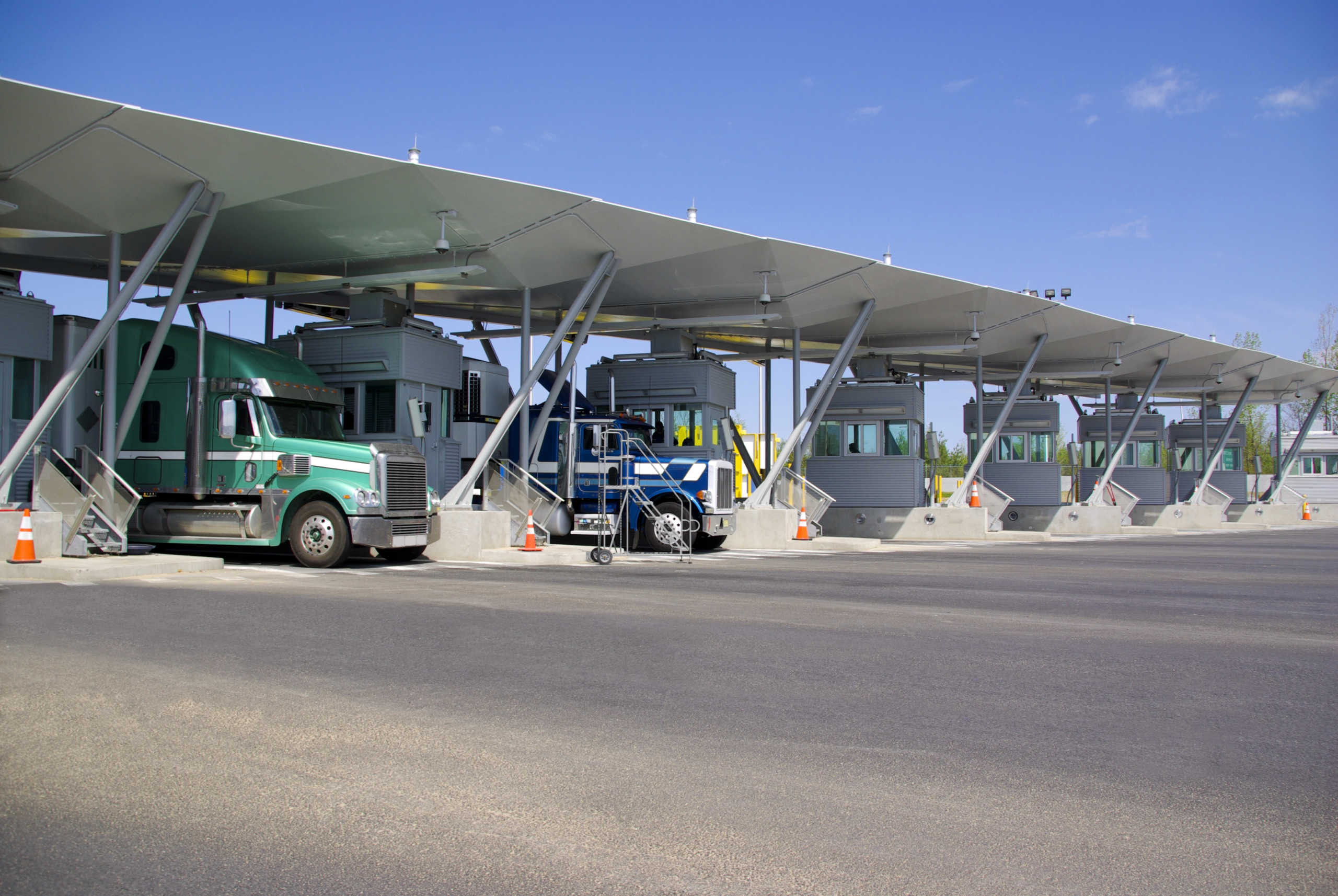In recent years, the demand for sustainability has increased significantly worldwide across various sectors. The logistics industry is no exception. But what is green logistics? This approach involves incorporating eco-friendly practices across the logistics and supply chain sectors with the aim of minimizing environmental issues. Green solutions include strategies to reduce carbon emissions, optimize fuel use, integrate circular supply chain strategies, and waste minimization.
Thus, green logistics goes beyond traditional transportation modes that prioritize speed and cost efficiency. The main focus of green logistics is the sustainability of all logistics processes. Businesses that adopt green logistics strategies aim to reduce their environmental footprint and support their corporate social responsibility.
Green Logistics vs. Traditional Logistics
To fully understand the specifics of green logistics, it is helpful to compare it to traditional logistics. This comparison can highlight how green logistics redefines logistics industry priorities and methods.
For instance, traditional logistics meets customer demands for fast and low-cost delivery but still results in a significant environmental footprint. At the same time, green logistics prioritizes eco-efficiency without sacrificing service quality.
| Aspect | Green Logistics | Traditional Logistics |
|---|---|---|
| Objective | Sustainability and lower environmental impact | Cost and speed |
| Energy usage | Reliance on renewable energy and fuel-efficient technologies | Reliance on fossil fuels |
| Emissions | Lower carbon emissions amid optimized routes and greener fuels | Higher carbon emissions |
| Technology integration | Electric delivery vehicles, IoT, and AI tools | Basic tracking and management systems |
| Sustainability practices | Focus on reducing ecological footprint | Minimal focus on eco-friendly measures |
Key Components of Green Logistics
Green logistics involves a multi-faceted approach that includes a range of essential components. These aspects form the backbone of a green logistics strategy in the logistics sector. This ensures environmental responsibility at every stage of the green supply chain.
Sustainable Transportation
This is one of the most significant contributors to greenhouse gas emissions across the logistics processes. Companies can reduce their carbon footprint by adopting sustainable transportation modes, such as electric or hybrid vehicles, and switching to biofuels. Route optimization through advanced GPS and route planning technologies can cut down on fuel consumption, reducing greenhouse gas emissions. Another notable green logistics is the use of aerodynamic vehicle designs to improve fuel efficiency.
Green Warehousing
This aspect can contribute to significant energy consumption, often from non-renewable sources. Energy-efficient practices in warehouses, such as installing LED lighting, automated temperature and humidity controls, and using renewable sources like solar panels or wind towers, can reduce energy usage. The design of the warehouse can also impact on sustainability. For instance, relying on natural lighting, proper insulation, and energy-saving and sustainable materials can enhance the eco-friendliness of the buildings.
Sustainable Packaging
This is also a crucial element where improvements can be made to support green logistics. The use of non-biodegradable materials such as plastics and incorporating recyclable, compostable, or other sustainable materials. In addition, minimalist packaging designs can lead to lower materials costs and carbon emissions due to lighter shipments, reducing waste in the environment.
Reverse Logistics
This component of green logistics is often overlooked. Reverse logistics refers to managing the return of products for reuse, recycling, or proper disposal. This helps optimize waste management and ensures the effective implementation of circular economy principles. The goal is to extend the lifecycle of products and materials through continuous reuse.
Technology Integration.
Advanced technologies have a crucial meaning for modern green logistics. The integration of Internet of Things (IoT) devices, big data analytics, and AI-based tools helps monitor and manage energy consumption, optimize delivery schedules, and improve inventory management. These technologies simplify predictive analytics implementation and demand forecasting.
Benefits of Implementing Green Logistics
The shift toward green logistics can bring a range of benefits for businesses. These advantages can be classified into three main categories: organizational, economic, and environmental. They all demonstrate why adopting green logistics strategies is a wise choice.
Environmental Benefits
Decreased carbon footprint. The main goal of green logistics is to minimize the carbon footprint. This can be achieved by using renewable sources of energy, optimizing transport routes, and using low-emission vehicles. This contributes to compliance with international climate agreements and environmental sustainability goals.
Reduced pollution and waste. This involves reduced air and water waste and soil pollution. Eco-friendly warehousing, sustainable packaging, and renewable energy use can lead to waste reduction. Sustainable reverse logistics can also contribute to this reduction by repurposing or recycling.
Organizational Benefits
Enhanced brand image. Commitment to green logistics practices can boost a company’s reputation. Consumers are drawn to brands that demonstrate a commitment to sustainability and eco-friendly practices. Focus on eco-friendly practices can lead to enhanced customer loyalty and greater trust in the company.
Regulatory compliance. Many countries and jurisdictions are enforcing stricter environmental regulations. Non-compliance or inaccuracies can lead to fines, legal challenges, and reputational damage. With sustainable logistics practices, companies can stay ahead of regulatory requirements, ensuring smooth logistics operations and reducing the risk of legal penalties.
Economic Benefits
Operational cost reduction. The most compelling advantage of green logistics is the potential for cost savings in the long term. While green logistics solutions require initial investments in technology and infrastructure, they can lead to reduced operational expenses. For instance, using electric vehicles and optimizing delivery routes can cut fuel costs, while energy-saving measures in warehouses lower utility bills.
Improved supply chain efficiency. Sustainable practices can result in more efficient supply chain operations. Real-time tracking and data analytics solutions can provide better decision-making and reduce delays and inefficiencies.
Access to new markets and opportunities. With eco-friendly logistics strategies, logistics providers can collaborate with eco-conscious businesses and organizations. This opens doors to new market opportunities and a broader customer portfolio.
Challenges in Adopting Green Logistics
Despite the numerous benefits of green logistics, focusing on sustainable practices can involve challenges. Understanding potential obstacles can help businesses prepare and adapt effectively.
High initial costs. Implementing green logistics strategies and technologies requires significant upfront investment. Whether it’s purchasing electric vehicles, increasing the energy efficiency of warehouses, or using route optimization tools, businesses often have to allocate significant investments. These costs can be a challenge, especially for small and medium-sized businesses.
Technological complexity. Advanced technologies like IoT or AI can be challenging to operate. In addition, their integration can be complex and require specialized expertise. Companies may need to invest in training or hire experts to manage these changes.
Limited infrastructure. While many cities and developed regions have facilities that support green logistics, such as electric vehicle charging stations and recycling centers, this infrastructure can be scarce in less developed areas.
Collaboration. Implementing sustainable practices into supply chain management requires strong collaboration between the parties involved. This includes suppliers, manufacturers, retailers, and consumers. Launching a single logistics network can be a challenge as well.
Key Strategies in Green Logistics
For a successful and efficient green logistics implementation, companies need a comprehensive approach that incorporates a variety of green logistics strategies tailored to their unique logistics operations and goals. These strategies can improve the environmental impact and enhance logistics efficiency and long-term resilience.
Optimize fleet management. This is the most efficient strategy. It involves the use of advanced route planning software and telematics to reduce fuel consumption and reduce greenhouse gas emissions. Companies can use GPS and real-time traffic data to choose the most efficient routes, reducing mileage and fuel usage.
Use of alternative fuels. Shifting from diesel and gasoline to cleaner fuel options. This can be biodiesel, compressed natural gas (CNG), hydrogen, solar, or wind energy. Electric vehicles are also a popular green logistics example.
Implement renewable solutions for energy usage. Powering warehouses and distribution centers with renewable sources like solar panels or wind turbines can enhance sustainability a lot. Technologies for energy savings can also contribute to lower environmental impact.
Focus on employee training. If a logistics company plans to implement innovative technologies, it should ensure that its employees can handle them. Training programs can empower the workforce to be proactive. In addition, it ensures their understanding of the importance of sustainable logistics.
Developing reverse logistics systems. Creating an infrastructure for collecting, processing, and redistributing returned items reduces waste and promotes resource efficiency. For example, electronics companies take back old devices and recycle components for further production.
The Future of Green Logistics
The future of green logistics looks promising as the world focuses on more eco-logistics practices. With growing concerns about climate change, logistics companies are switching to greener methods. Businesses will use tools like AI and real-time tracking to plan better delivery routes for reducing waste and tracking their environmental impact.
More companies are expected to start using electric or hybrid trucks and alternative fuels in the context of laws aimed at lowering carbon dioxide emissions. Warehouses and logistics hubs will increasingly use renewable sources of energy, which helps reduce their overall carbon footprint.
Stricter environmental regulations are likely on the way. Thus, companies and carriers will have to follow new rules to stay competitive and comply with laws. Adapting to these regulations will push logistics companies to keep improving their practices.
In the future, sustainable logistics will be about the right balance. Businesses will aim to deliver goods efficiently while adopting greener practices. As technology grows and regulations evolve, green logistics will become a standard part of the transportation industry.
Conclusion
What is green logistics? It’s the integration of eco-friendly practices across the logistics sector to support sustainability goals and maintain operational efficiency. Such strategies as green transportation, green energy use, and circular economy practices can lead to lower operation and delivery costs, enhanced brand reputation, and compliance with regulations.
While challenges like initial costs and technological complexity remain, the long-term benefits far outweigh the drawbacks. Further, green logistics will become a fundamental part of global green supply chain management.



